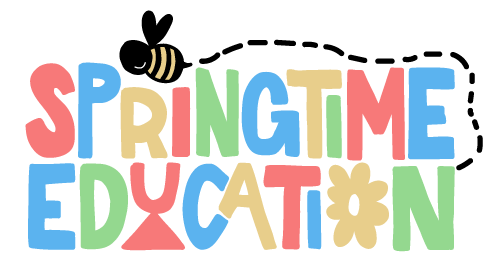Baby sign language is a system of using gestures and signs to communicate with pre-verbal or very young children. It is designed to help babies and their caregivers communicate before the child has developed the ability to speak fluently. The idea behind baby sign language is to reduce frustration for both the child and the caregiver by enabling the child to express their needs, desires, and feelings through signs or gestures.
There are different systems of baby sign language, and one popular option is to use signs from a full-fledged sign language, such as American Sign Language (ASL) or Australian Sign Language (Auslan). The choice between ASL and Auslan signs for teaching babies in Australia depends on various factors, including cultural, regional, and practical considerations:
- 1. Cultural Relevance: One of the primary reasons for teaching Auslan signs to Australian babies is cultural relevance. Auslan is the sign language used by the Deaf community in Australia, and it is an integral part of Australian Deaf culture. Teaching Auslan signs to babies fosters an inclusive environment and connects them to their own cultural and linguistic heritage.
- 2. Local Accessibility: In Australia, resources and support for learning Auslan may be more readily available than for ASL. This includes access to courses, books, and communities of sign language users. Teaching Auslan signs can ensure that families have the resources they need to support their baby's language development.
- 3. Regional Variations: Just as spoken languages have regional variations and accents, sign languages like Auslan also have regional dialects. Teaching Auslan signs in Australia may align more closely with the local dialect and cultural norms than teaching ASL signs.
- 4. Future Communication: If a child learns baby sign language based on Auslan signs, they may have an easier transition to learning Auslan if they or someone they interact with later in life requires sign language for communication. This can be especially important if the child is Deaf or if they have friends or family members who use Auslan.
- 5. Cultural Sensitivity: Using the sign language of the local Deaf community demonstrates cultural sensitivity and respect for diversity. It acknowledges the importance of preserving and promoting the country's own sign language.
However, it's important to note that the ultimate goal of baby sign language is to facilitate communication between caregivers and babies. Whether parents choose to use ASL signs, Auslan signs, or another sign system, the key is consistency and patient communication with the child to help them express their needs and feelings. The choice between ASL and Auslan should consider the child's specific needs, the family's cultural preferences, and the resources available in their region.

